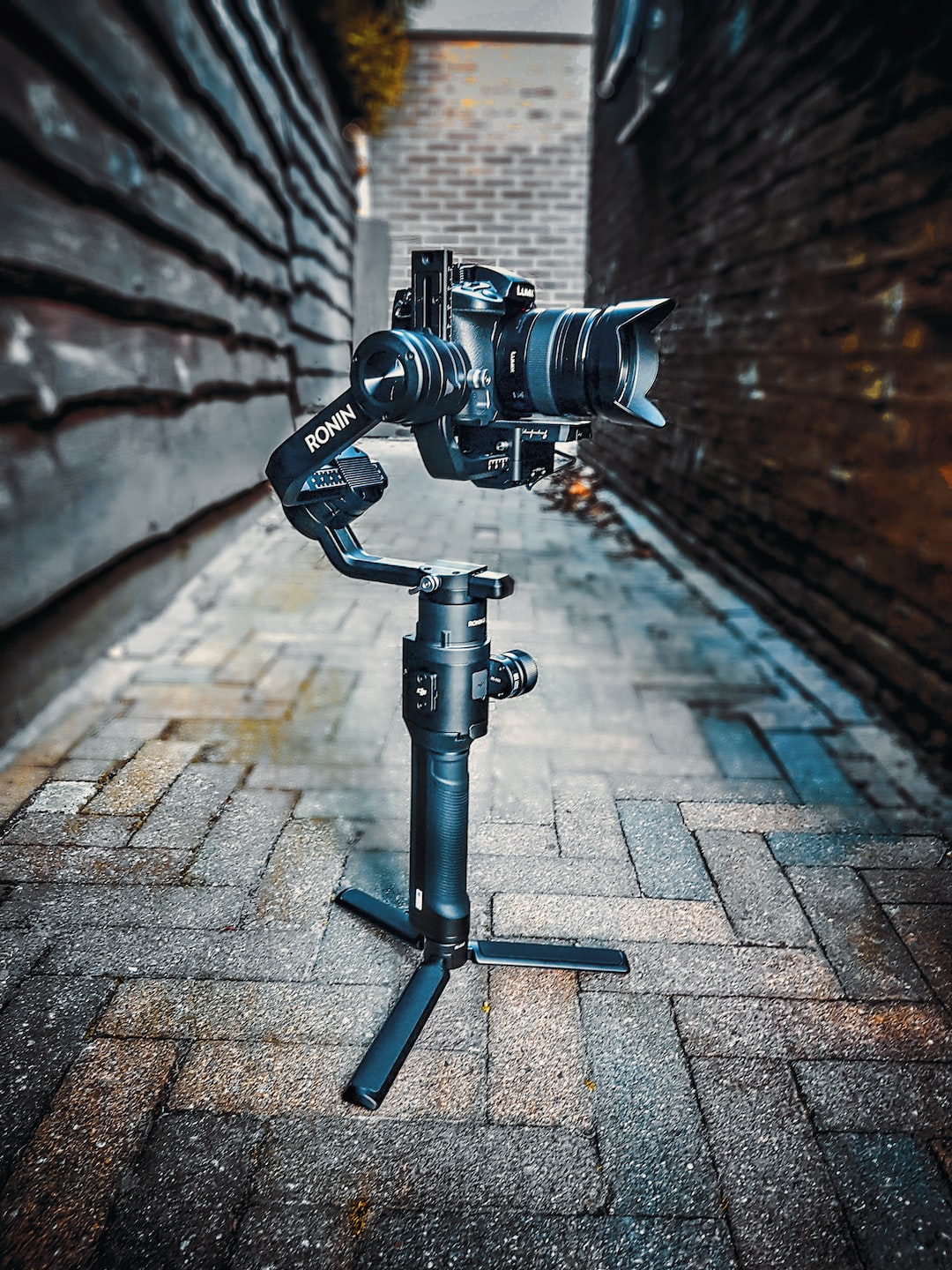In today’s digital world, websites play a crucial role in daily life. From online shopping to e-learning, websites provide a convenient and accessible way to gather information and enjoy online experiences. However, many websites overlook a key aspect: accessibility for people with disabilities. According to the World Health Organization, 15% of the world’s population lives with some form of disability, and it’s important that websites ensure they are not excluding this demographic. Here are some tips for improving website accessibility for people with disabilities.
1. Have an accessible layout and design: Ensure that your website’s design is clear and simple. Avoid complicated layouts, cluttered images, and flashing elements that can trigger seizures for people with epilepsy. Make sure that the font size and style is easy to read, and that there’s enough contrast between the text and background.
2. Provide alternative text for images: Some people may have visual impairments that make it difficult for them to see images on your website. Providing alternative text for each image can help these individuals understand the content on the page. This not only improves accessibility but also makes your content more discoverable by search engines.
3. Use keyboard navigation: Some people may use a keyboard instead of a mouse to navigate websites. This is why it’s important to ensure that your website can be navigated using only the keyboard. Consider using skip links or other navigation techniques that can help users quickly jump to the main content.
4. Provide captions and transcripts for videos: Videos are great for engaging users, but not everyone can hear the audio. Providing captions and transcripts for videos ensures that everyone can access the content. This is especially important for people with hearing impairments.
5. Use descriptive link text: Links should have clear and descriptive text that allows users to understand where the link will take them. Avoid using generic text like “click here” or “read more”. Instead, provide context and information about the link destination.
6. Ensure that forms are accessible: Websites often require users to fill out forms to access certain content or services. Forms should be designed to be accessible for people with disabilities. This includes using clear labels, ensuring that the form can be navigated using only the keyboard, and providing clear instructions.
7. Test your website: The best way to ensure that your website is accessible is to test it regularly. There are many tools available that can help you test your website’s accessibility.
In conclusion, improving website accessibility for people with disabilities is an important step towards creating a more inclusive and accessible online world. By following these tips, you can create a website that is accessible to everyone, regardless of their abilities. Remember, accessibility is not just good for people with disabilities – it’s good for everyone. A website that is accessible to all users is more user-friendly, more discoverable, and ultimately more successful.

